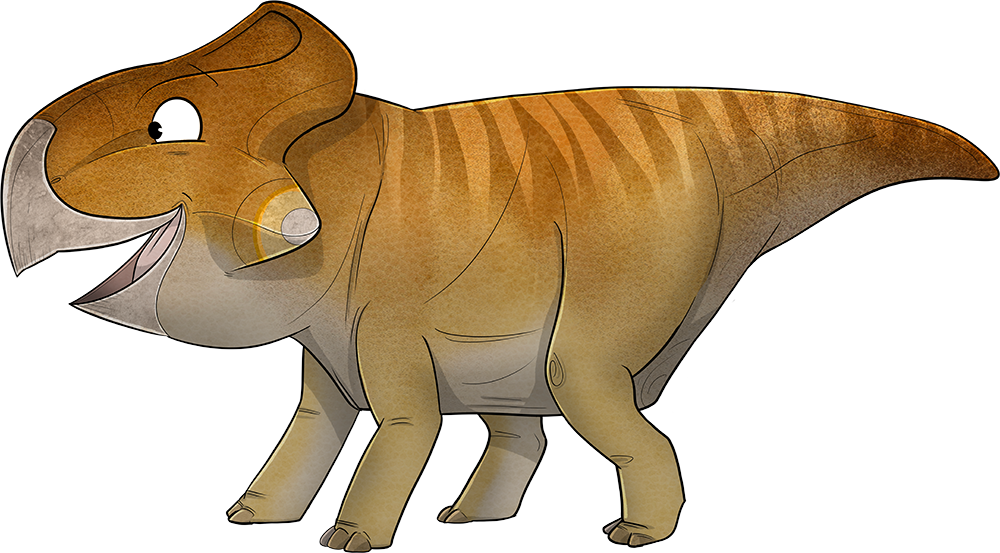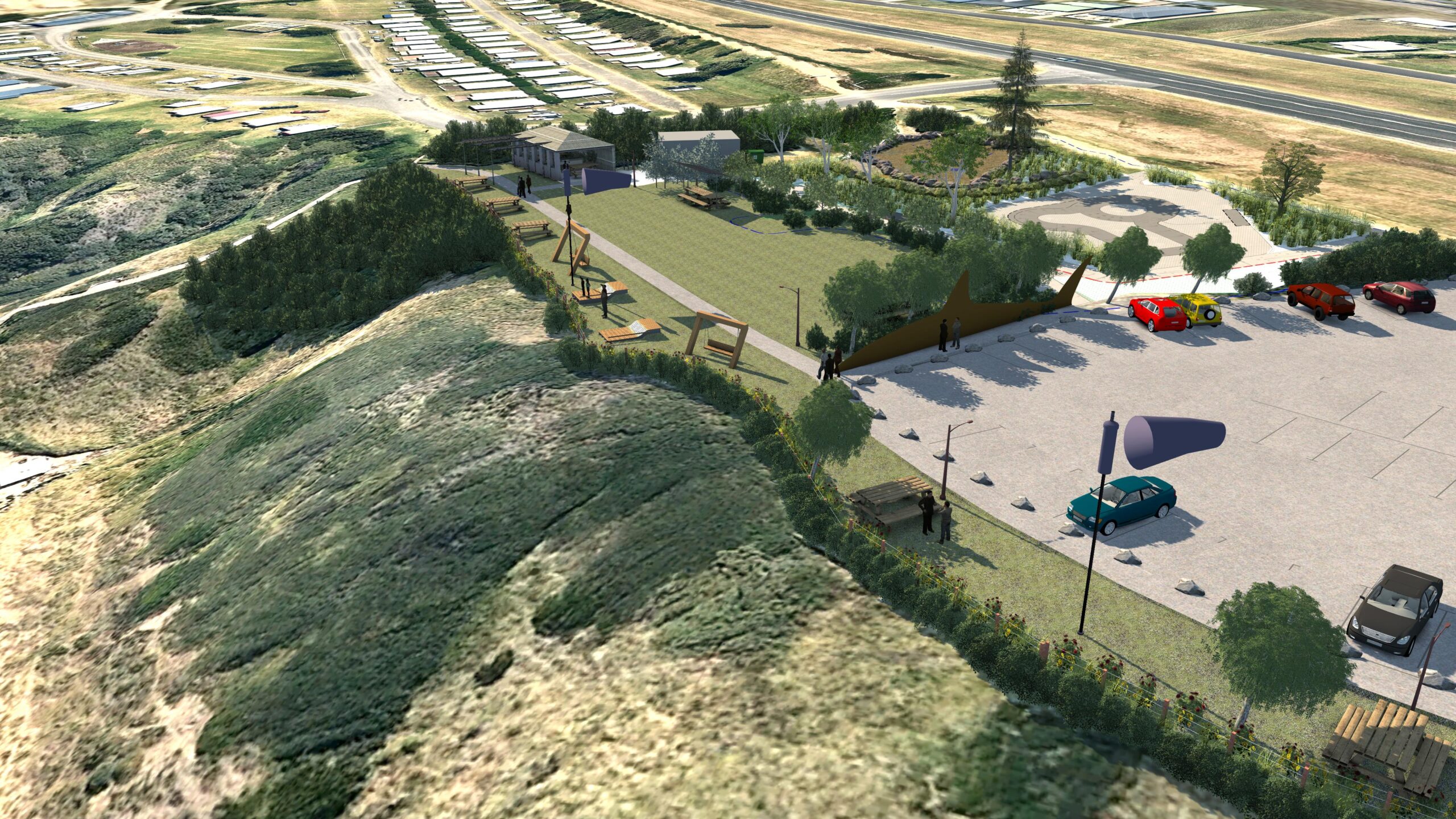Kilcunda
The Village Green








Located near the famous Bourne Creek Trestle Bridge, the Village Green will provide a space for visitors to rest and reflect on their Dinosaurs Trail adventure, complete with shelters, beach showers and barbeques. The recreational space will become a drawcard for the local community, key events, and visitors. Art opportunities such as windsocks that dance in breeze, will explore concepts of Country and environmental forces, ensuring that the Village Green is a must-see destination along the Bass Coast Dinosaurs Trail.
Largely indiscernible, the ground beneath us continues to shift as time marches on. So too does the evolutionary process that led to a group of dinosaurs to becoming today’s bird, including penguins. We are all connected to Country, regardless of time. Dinosaurs prompt us to think about our role in a rapidly changing climate to ensure a sustainable future.
"The stunningly framed views of the ocean and remnant vegetation are to be preserved and enhanced. The experience here is not over programmed, it is intended to allow visitor and residents to use the site in many different ways. Possibly the best experience here is the opportunity to get a greater depth of understanding of the surrounding natural environment – be it the whales that still live here today, or the Megalodon and Serendipceratops that lived here hundreds of millions of years ago."

CJ Arms

This location is simply stunning. The wind sculpted landscape and the long sweeping views; the forces of time and nature are on display for all to see and experience. The design of the Village Green aims to celebrate and enhance the beauty of this location.

Opportunities for art are still being explored. Some early ideas include windsocks that celebrate the climate and provide a canvass for First nations artists. Artworks will form part of the Bass Coast Dinosaurs Trail that provide Instagram moments to remind us of our connection the the coast’s natural and cultural heritage.

The Village Green is all about creating a new community asset through enhancing local ecology, and delivering a multi-functional gathering place. The rail trail links and the recreational amenities will be destinations in themselves. This will be a place that locals and visitors we will use time and time again.
This is a place we will all be able to use and will keep coming back to.

This plant-eating dinosaur is a member of the Ceratopsian dinosaurs, which also includes the famous Triceratops. Serendipaceratops arthurcclarkei is only known from one front leg bone discovered near Kilcunda. As this is the only Ceratopsian known from the ancient southern continent of Gondwana, the identification is still debated today. Whilst the identification of this dinosaur happened almost by chance, hence it’s name, the discovery of the fossil itself was the result of many people’s works. This dinosaur heroes the dynamic nature of science, the changing environmental forces that have helped shape it, and how many people can work together to make a difference. Ultimately, this ‘lucky’ dinosaurs remind us that we can’t leave things to chance; it is a reminder that we are all connected to Country and each have a role in shaping a sustainable future.
Ornithischian dinosaur - Herbivore
